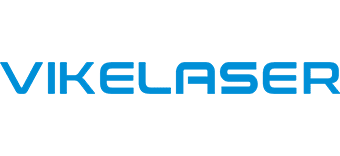Plastic Marking and Engraving
Several technologies can be used for the marking of plastics. Irreplaceable and constantly used in all industries, from automotive to medical or to the general public, plastic materials need to be identified and traced.
Discover some examples of marking on different plastics here:
Plastic is a basic material on par with glass, wood, metals and paper. It is a multi-billion dollar business that continues to grow at a rate faster than most other industries in the world. In matters of part inscribing, this means plastic laser marking machine is on the list of key equipment for businesses working with this material.
Applications Plastics Marking Machine Suppliers Provide For
Plastics are used in every major manufacturer including automotive parts, pipe and fittings, packaging, construction, electronics, household appliances and consumer goods, to mention just a few. Some applications are considered classic examples of inscribing on this material, like etching on keyboards and buttons, sensors, identification tags for animals or toys.
How Plastic Laser Marking Machine Works
The high-energy light beam used in the device is absorbed into the material and its energy is converted into heating, providing the treatment necessary for different types of plastics. The imprints left are accomplished by foaming, color changing or engraving, or the combination of those methods. The choice of the method depends on the peculiarities of the material and the desired result.
Discover some examples of marking on different plastics here:
Different Marking Methods
Carbonization and Foaming
Carbonization (a thermochemical process) produces dark marks. Foaming, a partial degradation creating gas-bubbles with in the material, scatters the light and produces light marks. Additives can help improving absorption properties. Applicable laser sources are Nd: YAG-, Nd: Vanadate- or fiber lasers.
Photochemical Processes
Harmonic wavelengths of 532 nm (green) and 355 nm (UV) can be used for bleaching and photo reduction processes. UV-induced photo reduction is often called „cold marking“, as there is no noticeable heating of the material.
Plastics with Additives
The use of laser-sensitive additives in plastics can generate considerable advantages. Additives in plastics are able to increase outline sharpness and contrast and thus boost readability of the marking contents e.g. of machine-readable codes. Used with transparent and semi-transparent materials, additives lead to a uniform contrast dispersal. Additives in plastics increase the diversity of product colors and are of crucial importance for the markability of certain materials.
Advantages of metal laser marking
- No pre- and post-processing
- Durable, high-contrast markings
- Intact surfaces (color change)
- Fast compared to mechanical marking techniques
- Very small line widths realizable
- Flexible, individualized marking content
- Suitable for areas difficult to access
